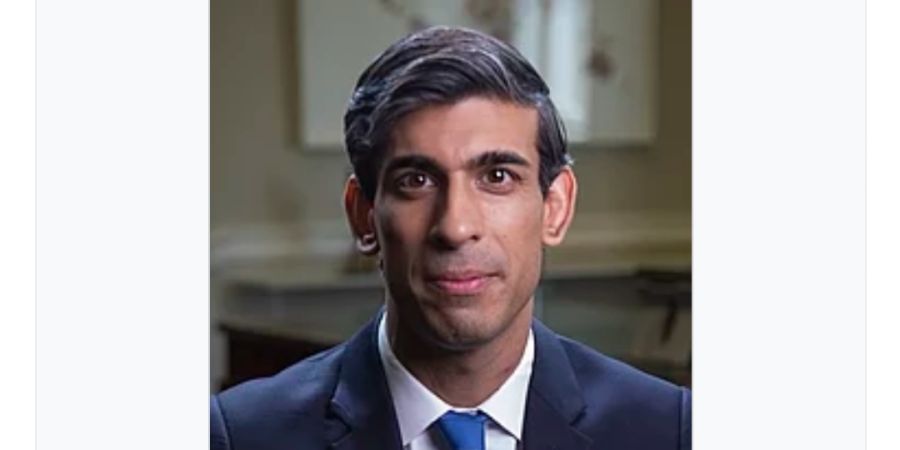

Before 1902, the top minister now and again sat withinside the House of Lords, furnished that his authorities should shape a majority withinside the Commons. However, because the energy of the aristocracy waned all through the nineteenth century the conference evolved that the top minister need to usually take a seat down as a Member of Parliament withinside the decrease house, making them answerable most effective to the Commons in Parliament. The top minister`s authority turned into similarly more advantageous through the Parliament Act 1911 which marginalised the affect of the House of Lords withinside the law-making process.The high minister is the top of the UK authorities.[8] As such, the contemporary-day high minister leads the Cabinet (the Executive). In addition, the high minister leads a prime political celebration and usually instructions a majority withinside the House of Commons (the decrease chamber of Parliament). The incumbent wields each substantial legislative and govt powers. Under the British system, there may be a harmony of powers in preference to separation.[9]
In the House of Commons, the high minister courses the law-making method with the purpose of enacting the legislative time table in their political celebration. In an govt capacity, the high minister appoints (and might dismiss) all different Cabinet individuals and ministers, and co-ordinates the guidelines and sports of all authorities departments, and the group of workers of the Civil Service. The high minister additionally acts because the public "face" and "voice" of His Majesty`s Government, each at domestic and abroad. Solely upon the recommendation of the high minister, the sovereign sports many statutory and prerogative powers, such as excessive judicial, political, reliable and Church of England ecclesiastical appointments; the conferral of peerages and a few knighthoods, decorations and different crucial honoursUnder this arrangement, Britain would possibly seem to have executives: the top minister and the sovereign. The idea of "the Crown" resolves this paradox.[14] The Crown symbolises the state`s authority to govern: to make legal guidelines and execute them, impose taxes and acquire them, claim conflict and make peace. Before the "Glorious Revolution" of 1688, the sovereign completely wielded the powers of the Crown; afterwards, Parliament progressively compelled monarchs to expect a impartial political position. Parliament has efficiently dispersed the powers of the Crown, entrusting its authority to accountable ministers (the top minister and Cabinet), responsible for their regulations and moves to Parliament, especially the elected House of Commons.
Although the various sovereign's prerogative powers are nevertheless legally intact,[n 1] constitutional conventions have eliminated the monarch from daily governance, with ministers exercise the royal prerogatives, leaving the monarch in exercise with 3 constitutional rights: to be stored informed, to recommend and to warn.


